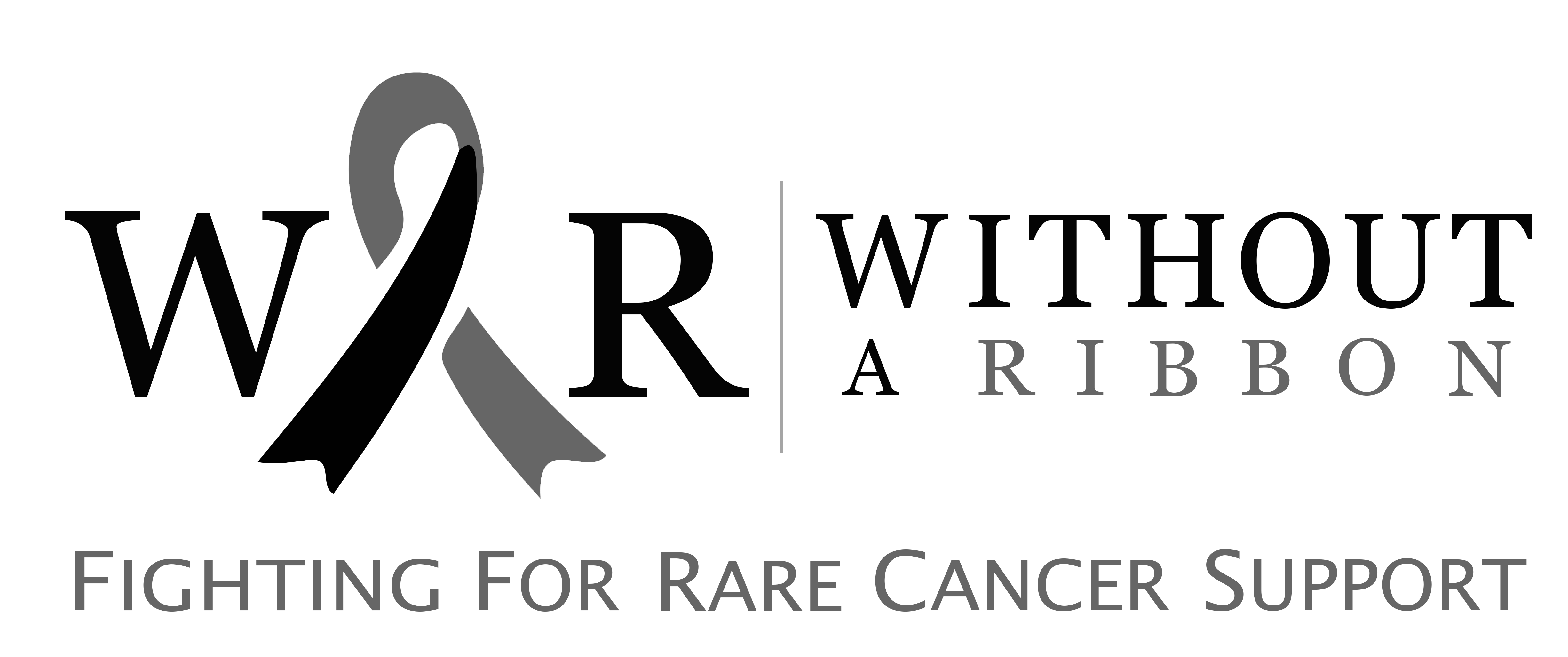What is Spindle Cell Carcinoma of the Lung?
Spindle cell carcinoma of lung is a rare type of lung that arises from the spindle cells found in the peripheral area of lungs. It account for 0.2-0.3% of all lung cancers. It is a high grade tumor. High grade tumors are those that grow and spread to the other parts of the body. It is more common in males as compared to females. The mean age at the diagnosis of disease is 62 years.
Disease Causes
There is no well-known cause, but several hereditary and genetic mutations are thought to be responsible for the development of spindle cell carcinoma of lung. An association has also been observed between cigarette smoking and the development of spindle cell carcinoma of lung.
Signs and Symptoms
Signs and symptoms depend on the extent and spread of the disease to other organs or parts of the body. If the cancer is limited to the lungs, the patient will only experience signs and symptoms of the respiratory system. At the same time, in cases where this cancer spreads to other parts of the body, the patient also experiences B symptoms of cancer.
General Respiratory Symptoms of Spindle Cell Carcinoma of the Lung
- Persistent cough
- Dyspnea (shortness of breath or difficulty in breathing)
- Chest pain that worsens with coughing, laughing and breathing deeply
- Coughing up blood
- Wheezing without having asthma history
- Clubbing of the fingers and nails (A physical sign characterized by a bulging extension at the ends of one or more fingers or toes).
The following are the general B symptoms (systemic symptoms) of spindle cell carcinoma of lungs when it spreads to other organs of the body. These are
- Fever
- Fatigue
- Night sweats
- Weight loss
- Bone pains
Diagnosis
The following diagnostic tests and procedures can be used to make a diagnosis. These are;
- Imaging techniques like Chest X-ray, CT-scan, MRI, and PET scan to see the site, size, and extent of the tumor.
- Tumor biopsy ( lung tumor biopsy to remove a small sample of lung tissue for histopathological examination)
- Sputum cytology
- USG guided fine needle aspiration cytology
Treatment
Treatment options include surgical resection of the tumor, Chemotherapy, Radiotherapy, targeted therapy, and immunotherapy. Surgery is the main option, all patients with stages I carcinoma of the lung should undergo surgical resection of the tumor (complete removal of the tumor along with the removal of some surrounding healthy tissues). Chemotherapy and radiotherapy should be considered in advance cases of cancer.
What Support can we Give for Spindle Cell Carcinoma of the Lung?
Spindle Cell Carcinoma of the Lung is rare cancer, meaning it is not as well known as other forms of cancer. Without a Ribbon is an Australian organisation that provides support for individuals who suffer from rare cancers. So, we provide a designated platform for Warriors to obtain information specific to their Rare Cancer. We also provide annual opportunities for our Warriors to meet and learn from each other. If you suffer from rare cancer such as Spindle Cell Carcinoma of the Lung, we can help and support you through your journey thanks to the generous donations we receive. Click the link below to sign up and become a Warrior today!
You can help us with your donation:
Without a Ribbon is a charity that works hard to aid those who suffer from rare cancers. You can help our cause in a variety of ways:


